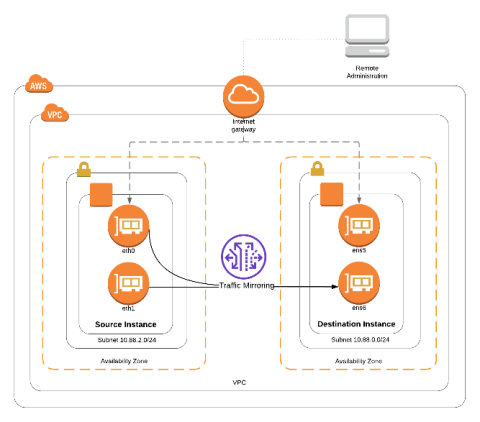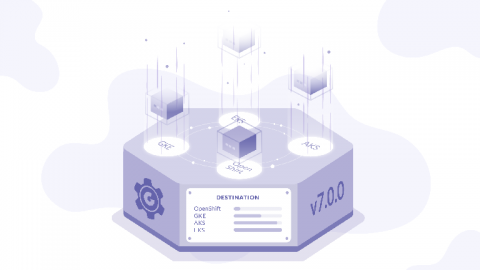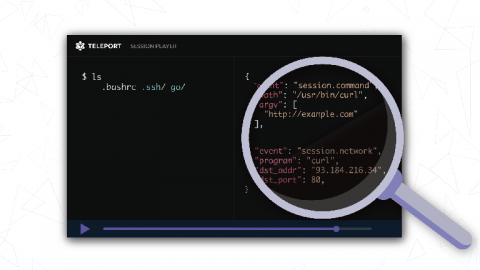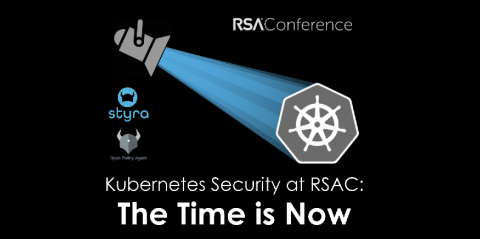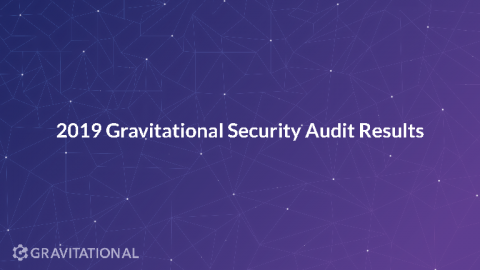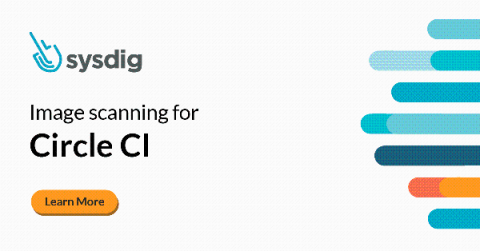Security | Threat Detection | Cyberattacks | DevSecOps | Compliance
DevOps
Applying the Principles of Zero Trust to SSH
The Zero Trust approach to security is based not on where you are, but who you are. This model shifts the focus from network and perimeter-based security to identity-based access. In simple terms, this means: Zero Trust security provides a powerful approach to keeping an organization’s resources secure and usage auditable.
Deploying Applications to a Kubernetes Cluster to Which You Don't Have Access
For the impatient, in this blog post, we’ll look into the problem of preparing a Kubernetes application to be deployed into a large number of Kubernetes clusters, even if you, the developer, do not have direct access to them all. The tutorial parts of this post will utilize Gravity 7.0, which you can download here. This version is in beta at the time of publication, so be sure to select pre-releases in the dropdown on the download page to access it.
Announcing Gravity 7.0
Today, we are excited to announce the release of Gravity 7.0! Gravity is a tool for developers to package multiple Kubernetes applications into an easily distributable .tar file called a “cluster image”. A cluster image contains everything an application needs and it can be used for quickly creating Kubernetes clusters pre-loaded with applications from scratch or loading applications contained within an image into an existing Kubernetes cluster like OpenShift or GKE.
KubeDR Going Strong - Enhanced with New Features
It has been slightly more than a month since Catalogic released KubeDR. Since then, we have been busy adding features and making improvements to the project inspired by all the feedback we’ve received from the community. We are very excited to share all the changes that went into KubeDR since its release on January 15. In the first release, we only supported a disaster recovery scenario restore by using a separate Python utility.
Security in Go Modules and Vulnerabilities in GoCenter at GoSF Meetup in San Francisco
Using BPF to Transform SSH Sessions into Structured Events
Teleport 4.2 introduced a new feature called Enhanced Session Recording that takes an unstructured SSH session and outputs a stream of structured events. It’s the next step in Teleport’s evolution that uses new technology (eBPF or now simply known as BPF) to close some gaps in Teleport’s audit abilities. Below you can see an illustration of this feature and if you keep reading, we’ll get into some of the technical details.
Kubernetes Security at RSA: The Time is Now
The RSA Conference—”Where the World Talks Security”—begins today. It’s a perfect time to take a hard look at security, and to investigate new solutions that help us all stay ahead of attacks and minimize risks. The team from Styra and Open Policy Agent will be there—eager to discuss advances in security for the cloud-native world.
Security Audit Results for Our Open Source Products
We now live in an era where the security of all layers of the software stack is immensely important, and simply open sourcing a code base is not enough to ensure that security vulnerabilities surface and are addressed. At Gravitational, we see it as a necessity to engage a third party that specializes in acting as an adversary, and provide an independent analysis of our sources.
Image scanning for CircleCI
In this blog post, we are going to cover how to perform container image scanning for CircleCI using Sysdig Secure. Image scanning allows DevOps teams to detect and resolve issues, like known vulnerabilities and incorrect configurations, directly in their CI/CD pipelines. Using Sysdig Secure, you can enforce image policies to block vulnerabilities before they reach production environments and fix them faster while the developer still has the context.


